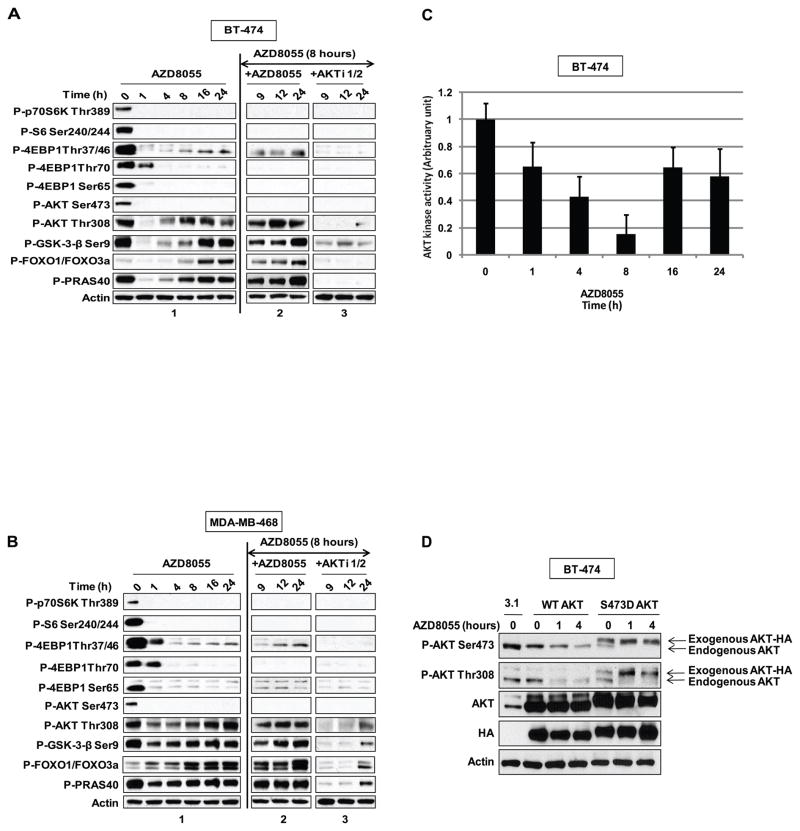Figure 2. The mTOR kinase inhibitor leads to persistent inhibition of AKT S473 phosphorylation but transient inhibition of AKT effectors.
(A) BT-474 cells and (B) MDA-MB-468 cells were treated with 500nM of AZD8055 and collected at the indicated times and lysates were immunoblotted with indicated antibodies (panel 1) (see also Figure S1). After eight hours of AZD8055 treatment, the cells were treated with either 500nM of AZD8055 (panel 2), or 1μM of an AKT inhibitor (panel 3). Each inhibitor was added for one additional hour (indicated as time 9), four extra hours (indicated as time 12) or sixteen extra hours (indicated as time 24). Cell lysates were immunoblotted with the indicated antibodies (see also Figure S2). (C) BT-474 cells treated with 500nM of AZD8055 were collected at the indicated times and AKT kinase activity was performed; the results were quantified by densitometry. Error bars indicate standard error. (D) BT-474 cells were transfected with pcDNA3.1, HA-AKT Wild-Type (WT) or HA-S473D AKT plasmids and were treated for the indicated times with 2μM of AZD8055. Lysates were subjected to immunoblot analysis for P-AKT S473, T308, total AKT, HA and actin. The arrows refer to the exogenous and endogenous AKT species in the S473D transfectant.

